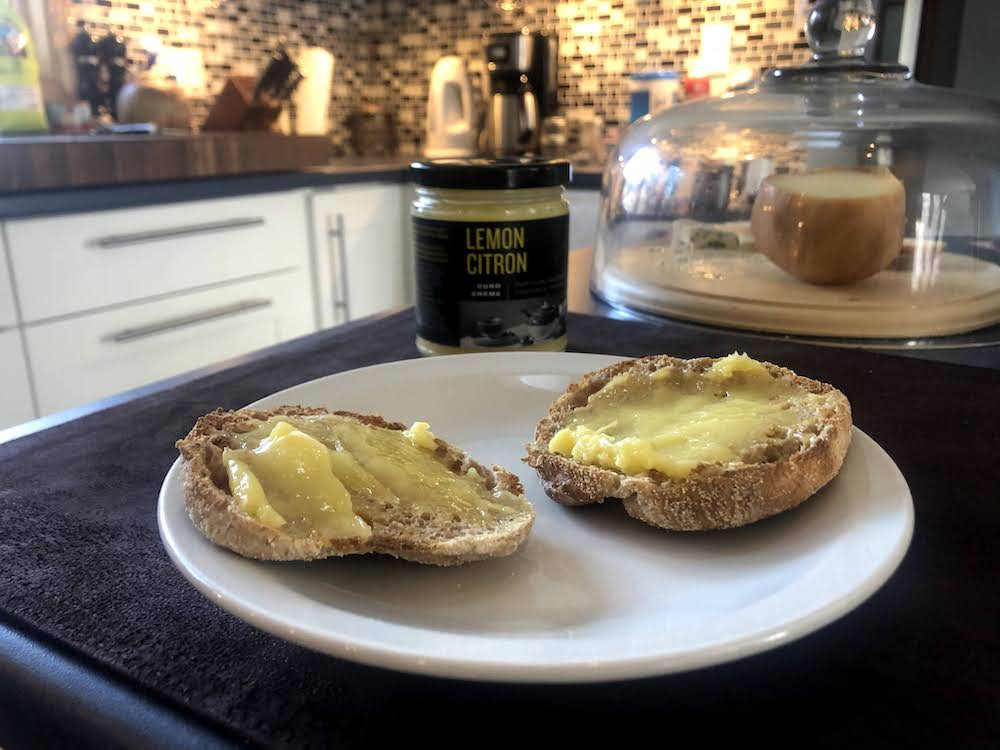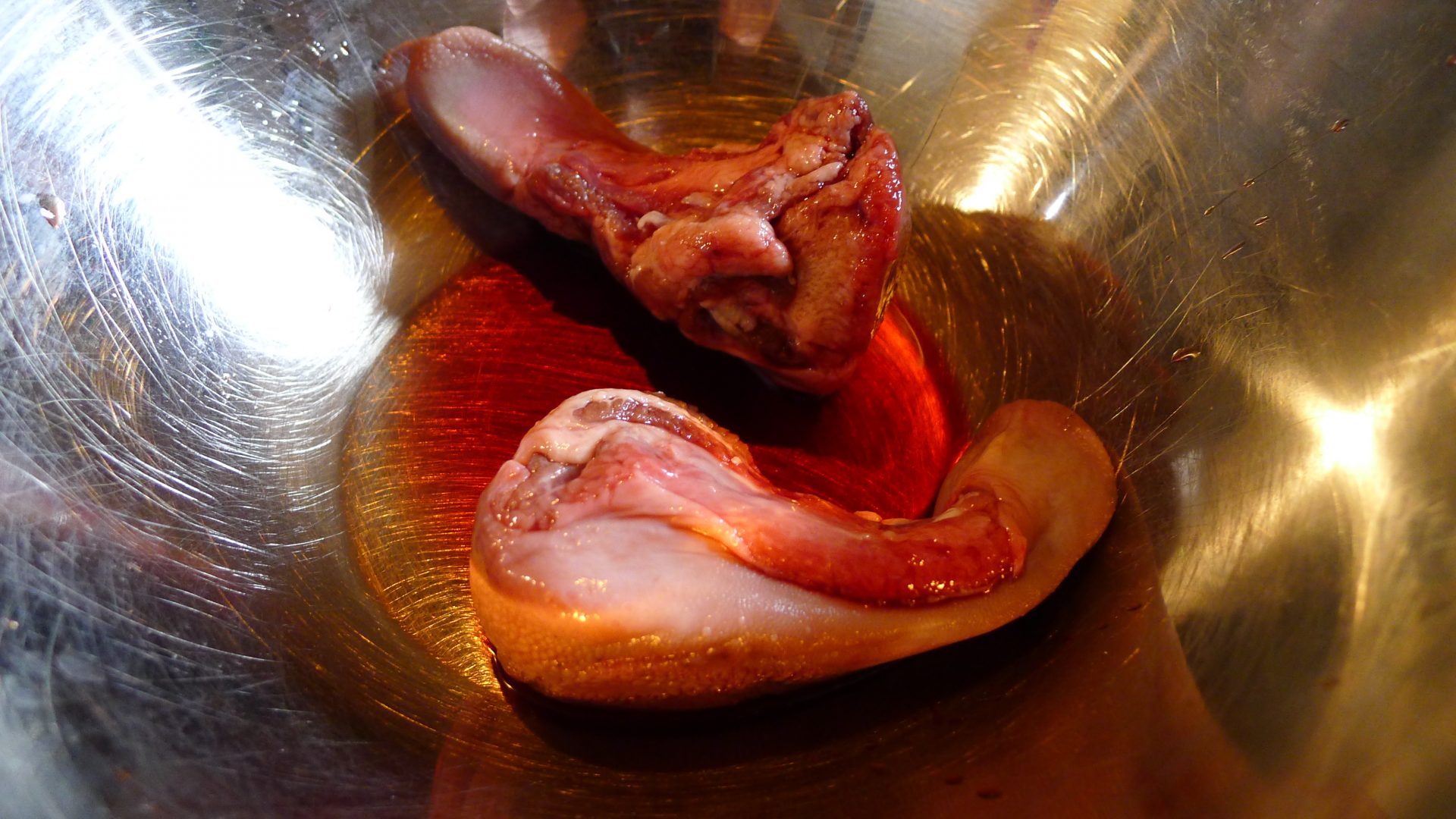
Hardly a (chilled) pantry staple. the raw lamb tongue appears at first to be a formidable opponent, but with a little loving care, these little morsels can be turned into the most ambrosial of meaty snacks.
Whilst lamb tongue is not exactly a commonplace fridge item around these parts, it so happened a few weeks back that I decided to defrost what I thought were a couple of small lamb chops only to discover the next day that I had a pair of little lamb tongues on my hands. What to do?
Having, over the years, learned how to cook ox tongue, I had some idea about the bringing/poaching process, but was a little concerned that the application of the same techniques would overwhelm the more delicate flavours inherent to Ontario lamb. As I often do in such predicaments, I turned to the innate wisdom and charm of GFR regular Jennifer McLagan.
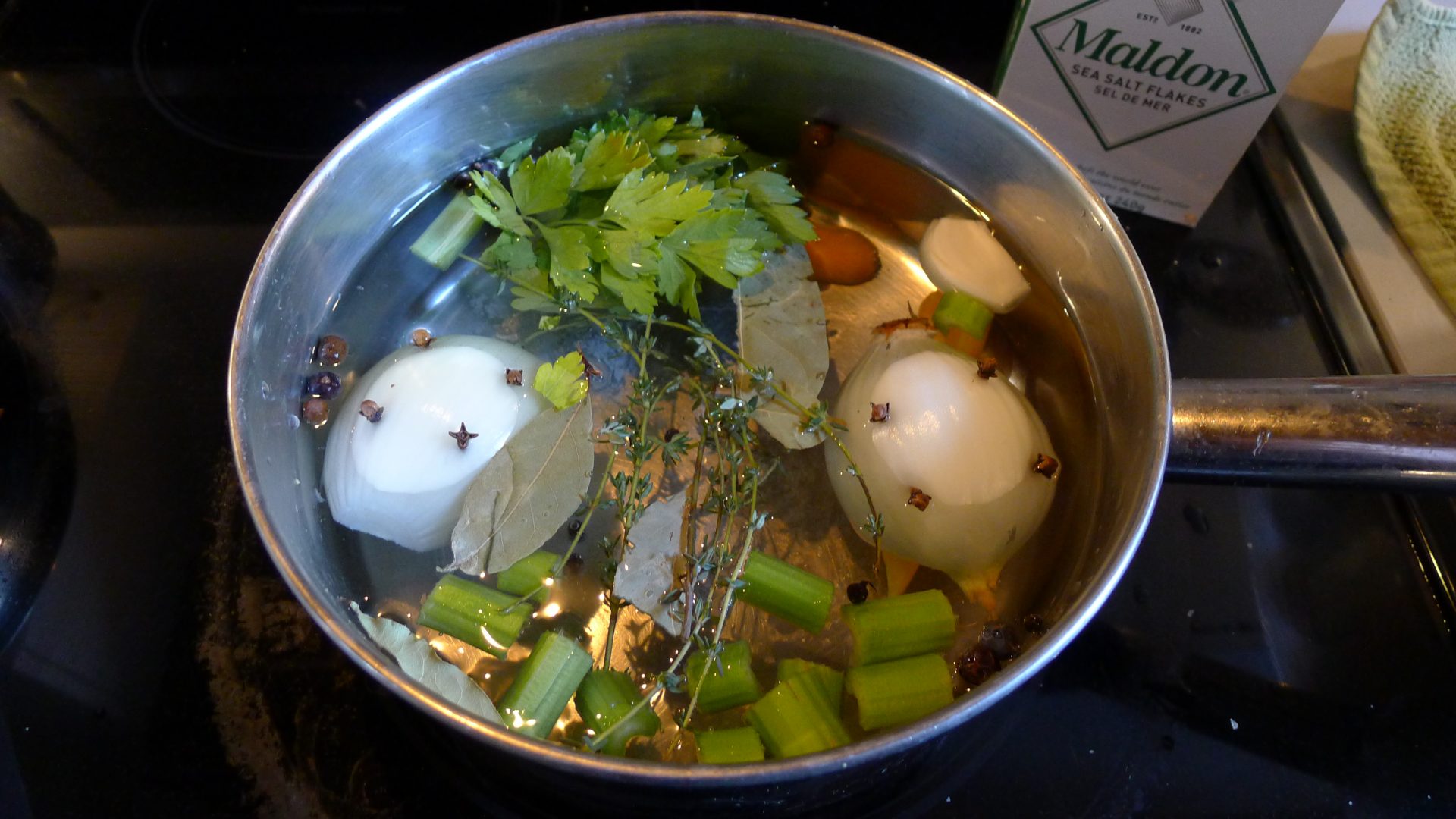
Although many recipes recommend the brining of tongue no matter the beast of its provenance, I chose to forego such complications, making up for this with the addition of a healthy amount of salt to my poaching liquid. Here you can see the onion (halved and spiked with eight cloves), two ribs of celery, a few sprigs of fresh thyme, four juniper berries, eight black peppercorns, two allspice, two bay leaves, a handful of parsley leaves and stalks, a couple of ribs of celery (chopped), two peeled and smashed cloves of fresh garlic, and one peeled carrot (halved) that make up the aromatics.
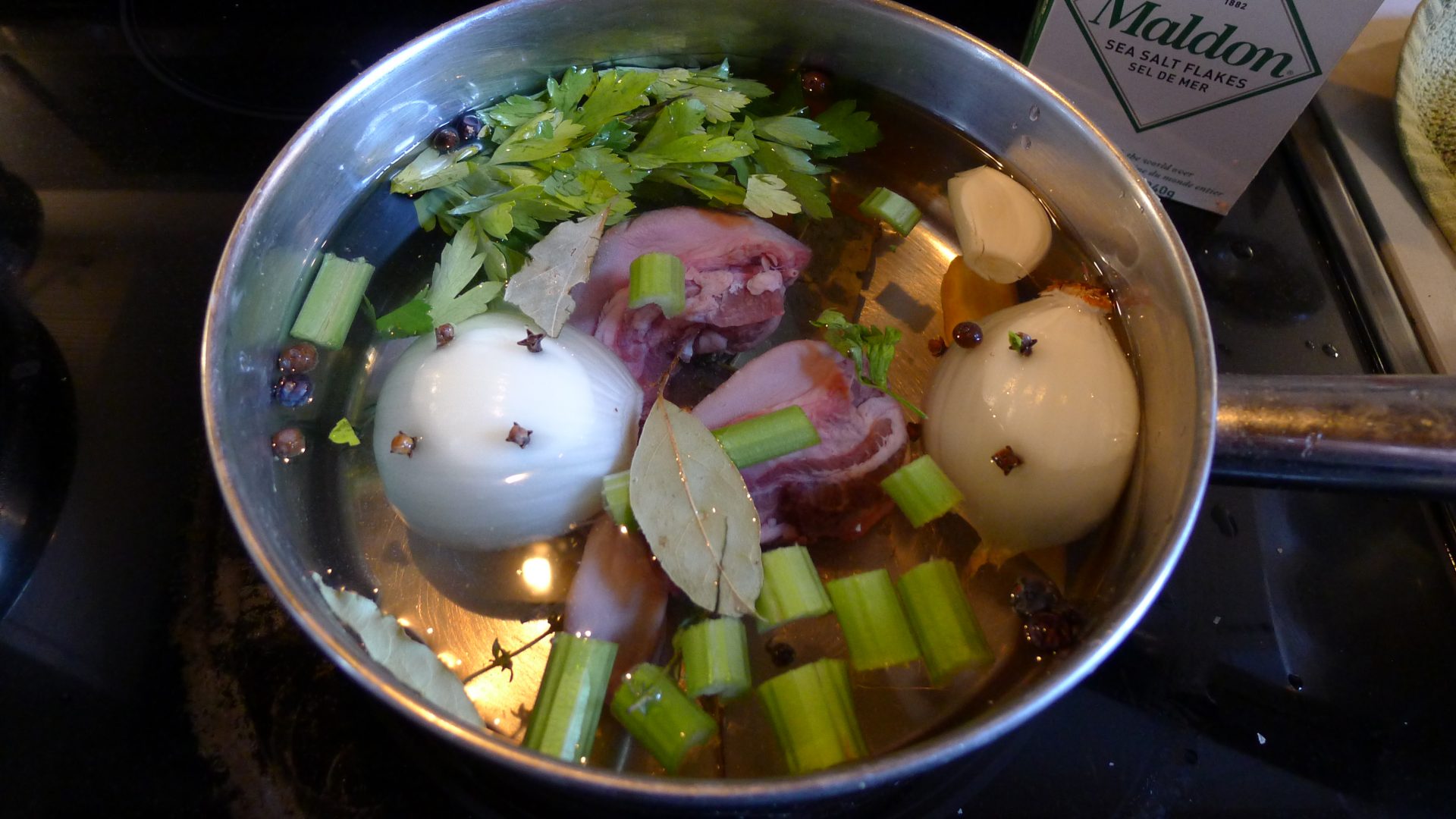
One could always add a little wine here, as I can’t see it doing any harm. If you were thinking of going down the brining route I’d recommend using similar components but adding a little sugar too… also, I’d probably only brine the lamb tongue for around 12 hours.
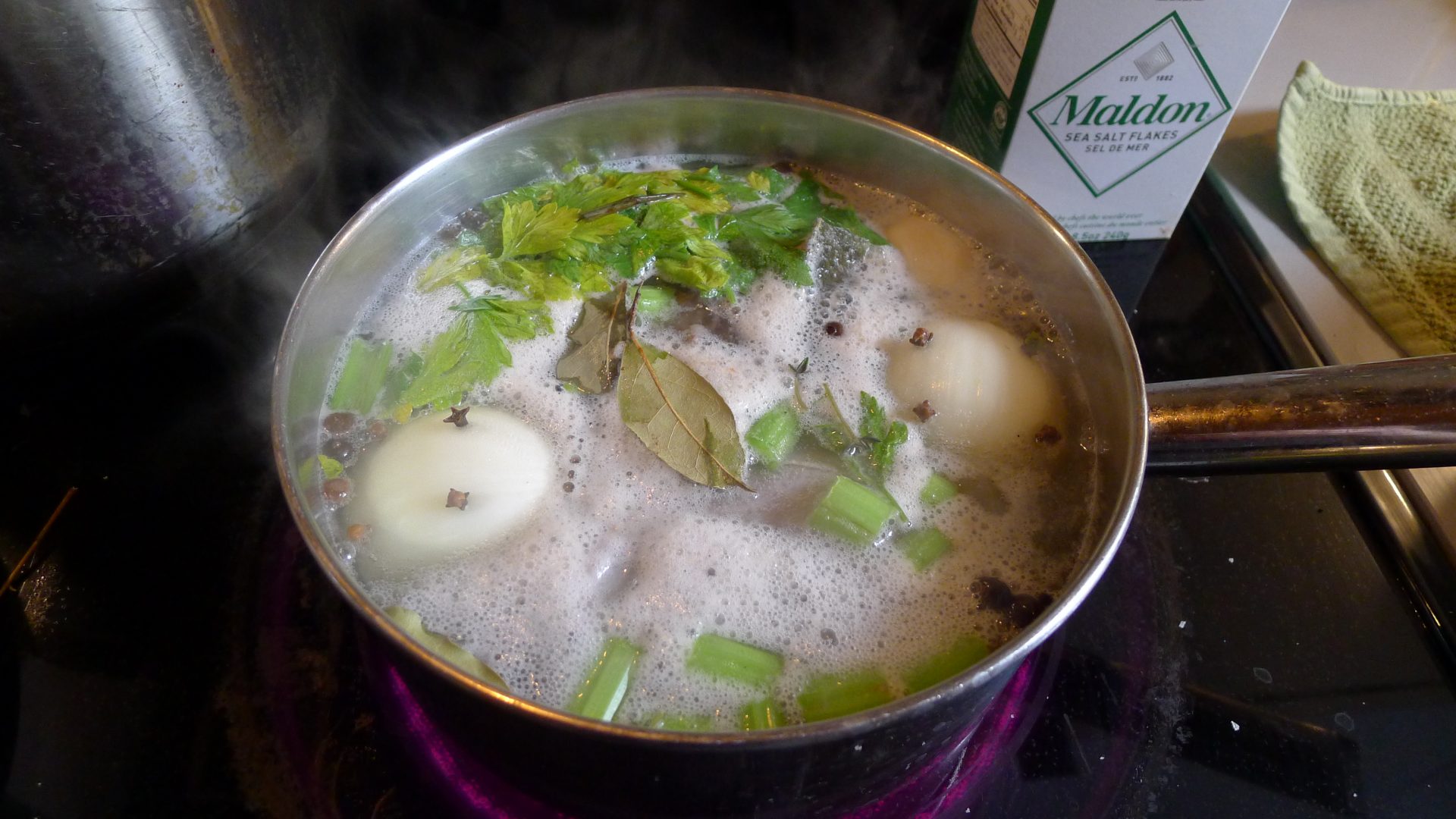
Bring to the boil, being sure to remove any of the admittedly nasty scum that rises to the surface… THIS IS IMPORTANT. Turn down to a gentle, just-moving simmer and leave for around 90 minutes (uncovered).
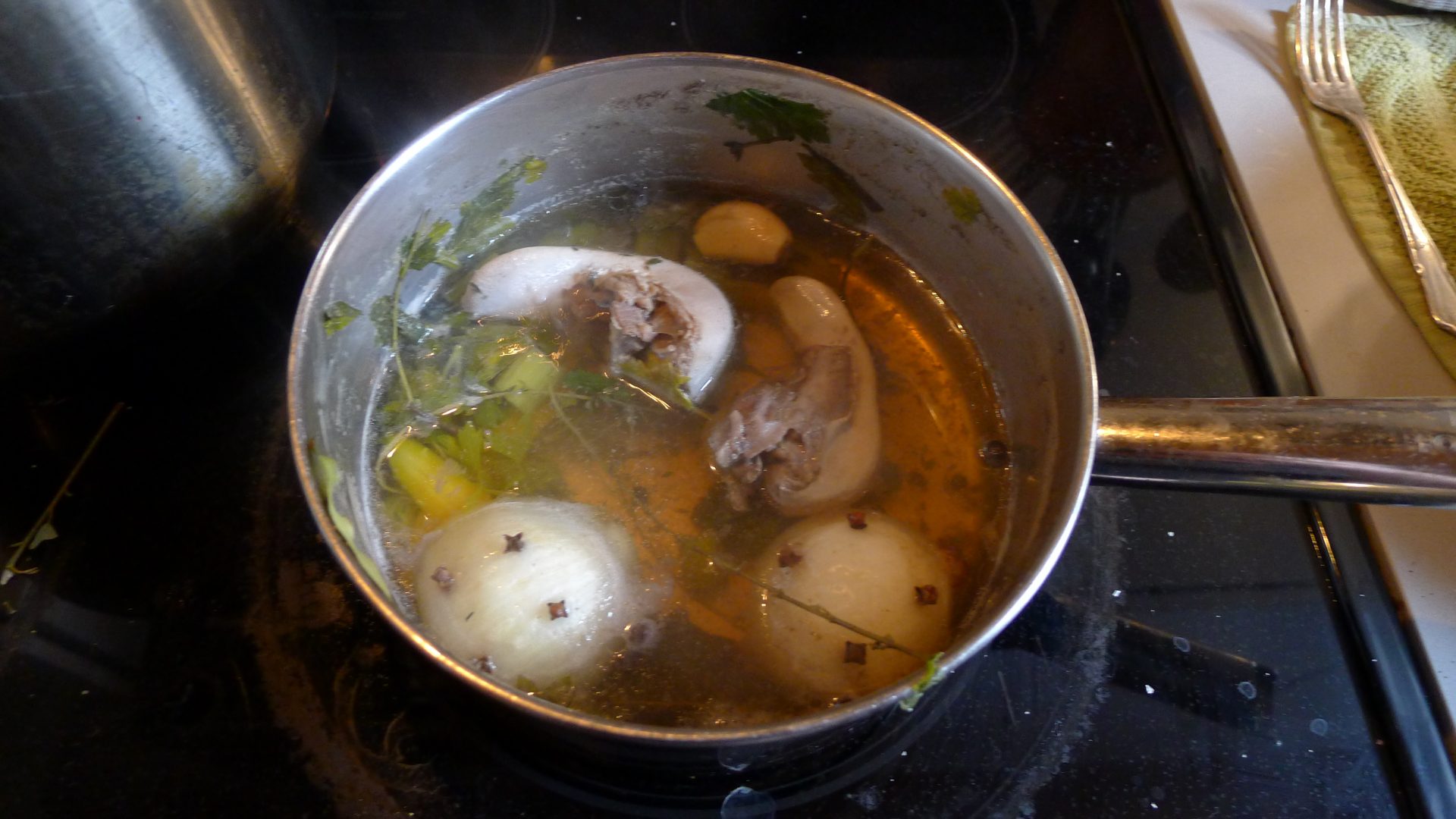
Remove the lamb tongue from the the poaching liquid and plunge straight into an ice water bath, where one can rapidly remove the pesky external membrane of the tongue without too much trouble…
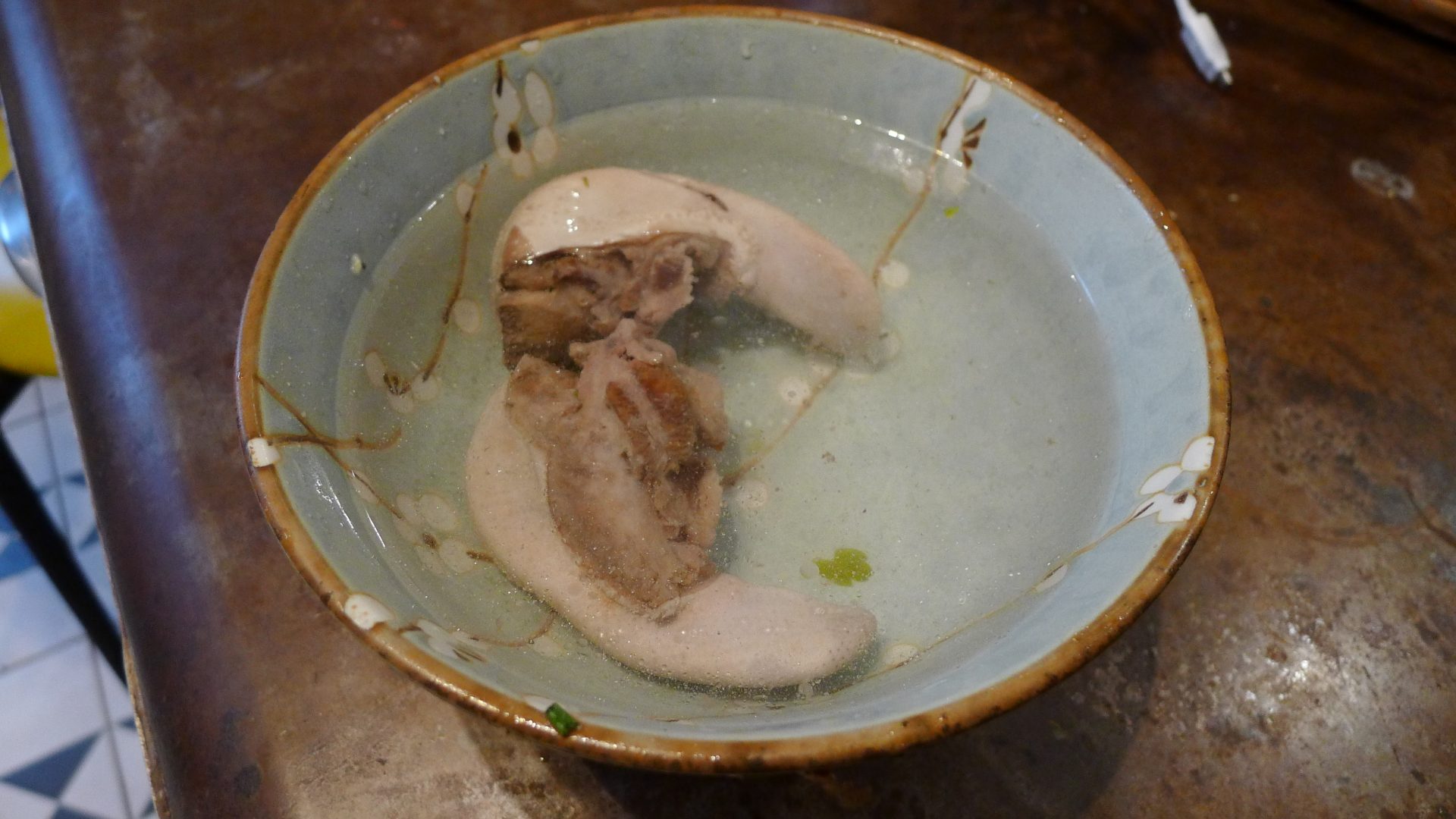
… which I wasn’t able to do due to being distracted by my occasionally errant son. This left me in quite the quandary as peeling these once chilled turned out to be an absolute bugger, just as McLagan had warned. I believe she used the term “massacre” to describe the process of peeling them when cold. She was correct. A veritable massacre it was. Nevertheless, I persevered…
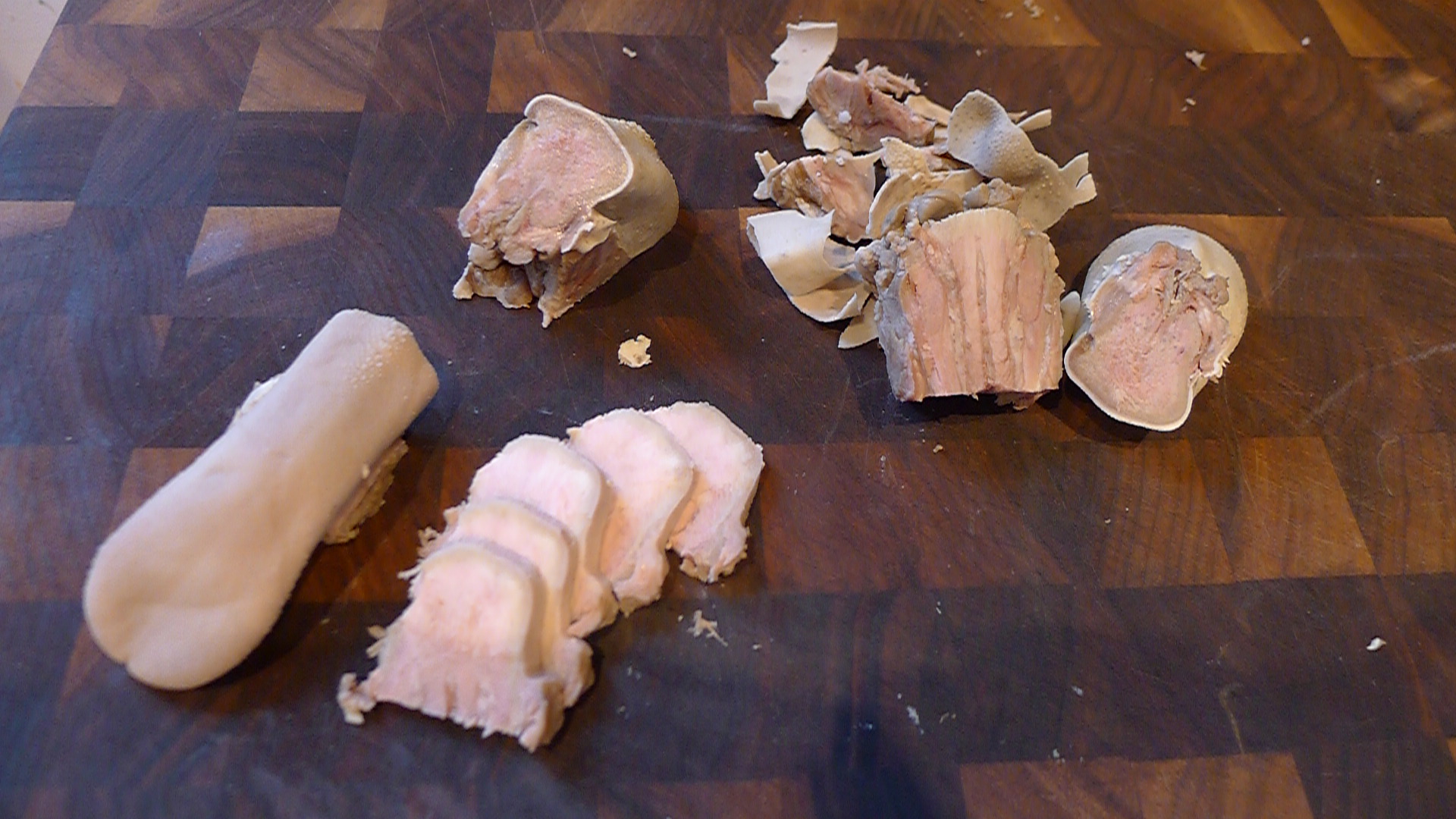
The first tongue was a complete disaster, probably because I was rushing it. However, when I took a little more care and worked out how to use my right thumbnail as a precision instrument, the tongue’s troublesome membrane came off with nary a scar on the tender internal tongue meat.
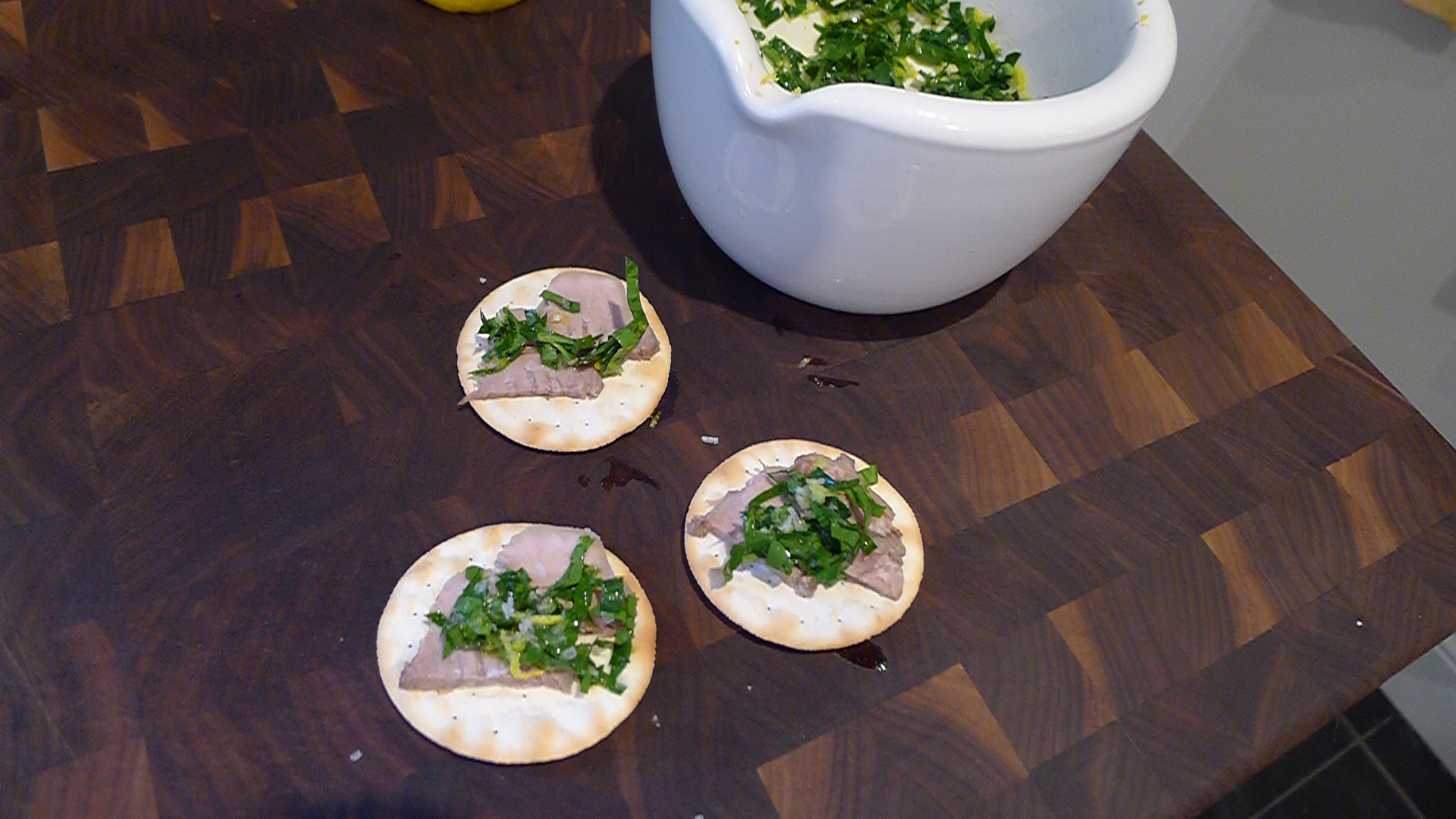
As I was getting hungry I decided upon making up a simple gremolata (parsley, lemon zest, garlic, chilli flakes, and olive oil) and serving the tongue up on some basic water biscuits.
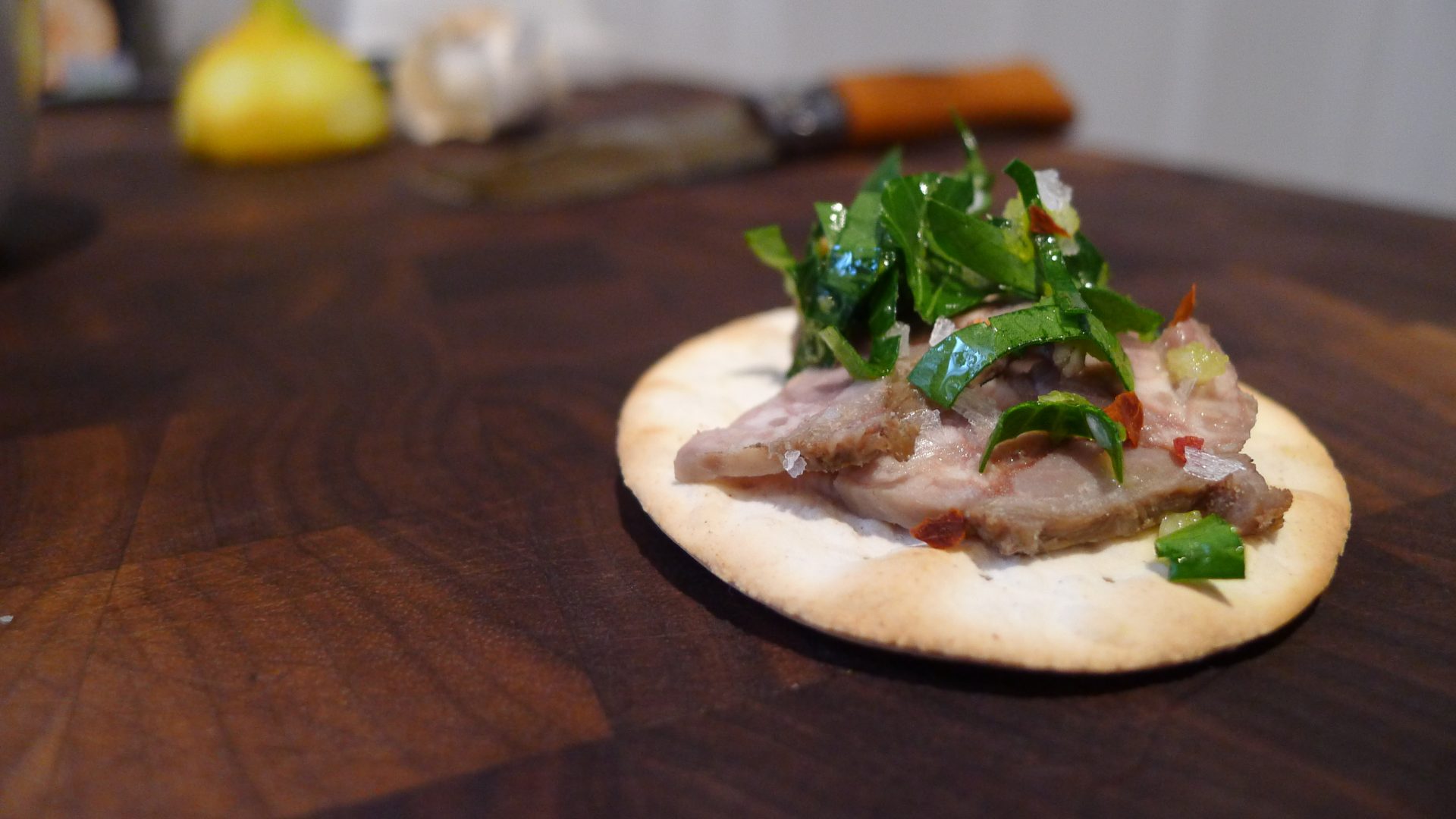
And with the addition of a sprinkling of Maldon salt, we were done. My wife, usually my harshest critic, had thus far managed to avoid my kitchen tongue adventures. Upon seeing the end result she surprised me by being tempted to try a mouthful. “Restaurant quality” she exclaimed… and my job was done.

Edinburgh-born/Toronto-based Sommelier, consultant, writer, judge, and educator Jamie Drummond is the Director of Programs/Editor of Good Food Revolution… And now he needs to locate a few more top quality lamb tongues.





